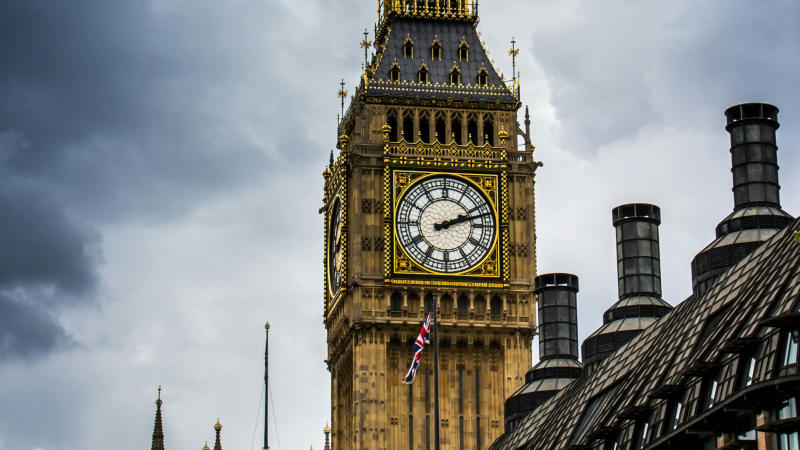Published 19:17 IST, July 12th 2024
UK gilts are ready to regain their long-lost shine
Yields on 10-year UK government bonds have dropped from 4.2% to 4.1% since the Labour Party’s landslide victory in the general election on July 4.

Guilt-edged. UK government bonds have had a torrid few years. Britain’s divorce from the European Union, high interest rates and political instability have sent the prices of “gilts” plunging and yields soaring. That may be about to change. A new government with a large majority and fiscal rigour, coupled with the prospect of lower borrowing costs, may herald a new era.
Gilts get their name from the golden edges of the original bond certificates. But in the recent past, UK bonds have been anything but glittering. In fact, investors in UK debt have lost 24% in the last three years, according to an index of UK sovereign bonds of different maturities by S&P Global. That’s nearly twice the loss incurred by those buying euro zone debt and more than three times as much as the loss of U.S. government debt investors.
Britain’s state of almost permanent political upheaval is partly behind that underperformance. The turmoil began with the 2016 vote to leave the EU and continued with five prime ministers in eight years including one, Liz Truss, who shocked markets with promises of unfunded tax cuts. The sharp rise in borrowing costs has been even more important. As inflation spiked after the Covid-19 pandemic, the Bank of England ramped up the benchmark interest rate from 0.1% in December 2021 to 5.25% now – a 16-year high.
A look at the yield on 10-year gilts – which rose from 4% to 4.2% on average between the first and second quarters of 2024 – underlines that pattern. The “term” or “risk” premium – the extra interest investors require to hold debt for a long period of time – has been negative since January 2023, according to estimates by the National Institute of Economic and Social Research. That suggests that investors are not worried the UK will borrow excessively and that UK yields have been driven higher by the market’s expectations for the short-term rates set by the BoE.

Good news is forthcoming on both the political and monetary front. Labour’s landslide victory made its leader Keir Starmer prime minister with a huge parliamentary majority and should ensure at least five years of stable government. Starmer and his new finance minister Rachel Reeves have vowed to abide by similar fiscal rules as the outgoing Conservative government – a pledge that will soothe markets.
With inflation hitting the BoE’s 2% target in May, traders expect BoE Governor Andrew Bailey and his colleagues to begin cutting rates in August. Rates are projected to hit 4.5% in March 2025, according to derivatives prices collected by LSEG.
In the aftermath of the financial crisis in 2010 UK gilts were resting on a bed of nitroglycerine, according to PIMCO bond king Bill Gross. In 2024, they are reclining on something considerably comfier.
Context News
Yields on 10-year UK government bonds have dropped from 4.2% to 4.1% since the Labour Party’s landslide victory in the general election on July 4. The Bank of England is due to decide on the level of UK interest rates on Aug. 1. Markets are ascribing a 52% probability that the BoE will cut rates from the current 5.25%, according to derivatives prices collated by LSEG.
Updated 19:17 IST, July 12th 2024
